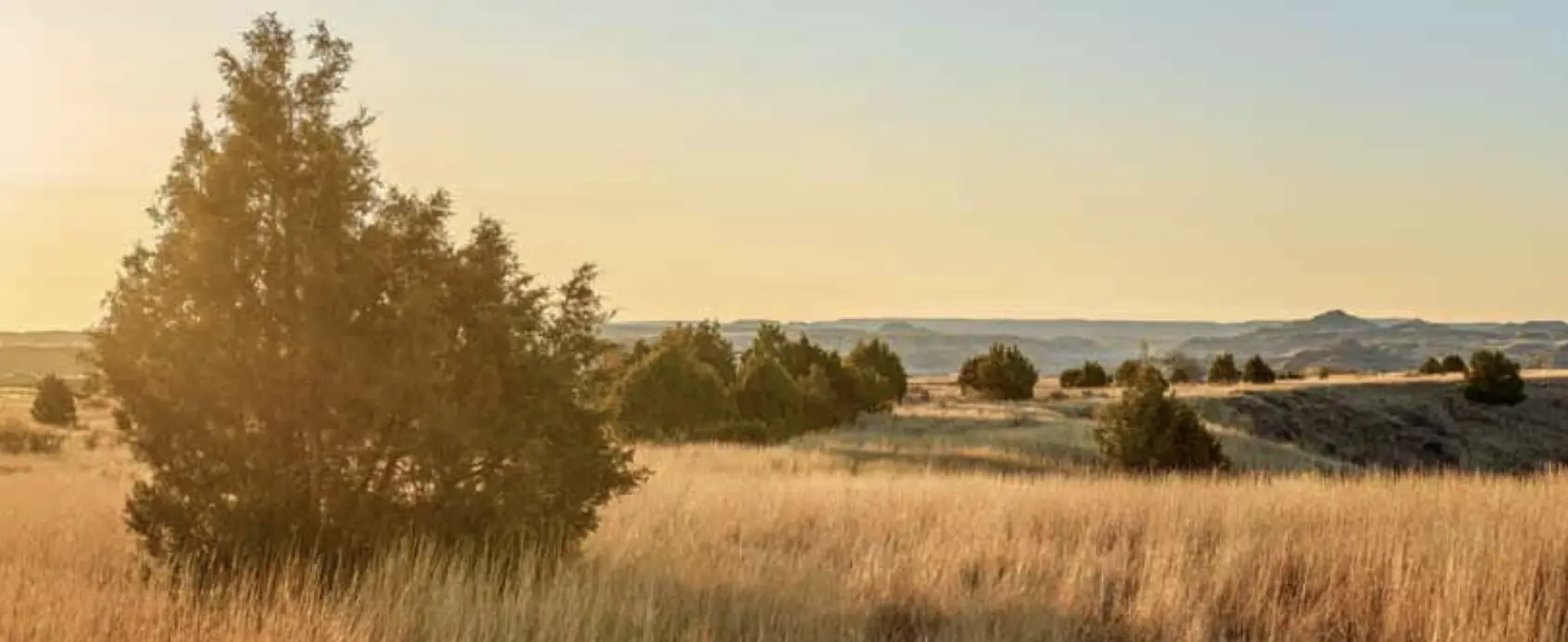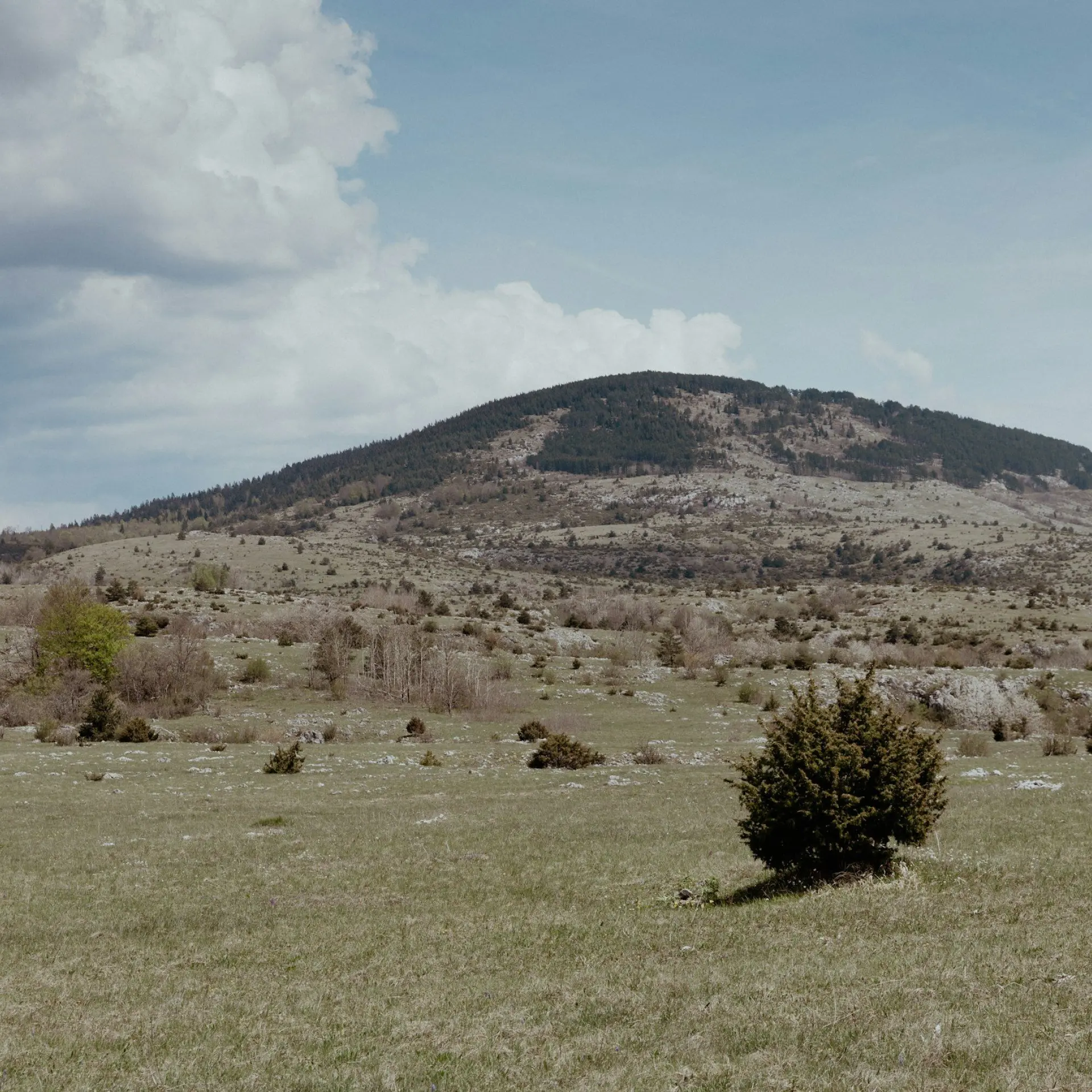Native Plant Project
The Library was specifically designed to function in harmony with the unique ecology surrounding it. As part of those efforts, the TRPL is sponsoring a notable Native Plant Project in partnership with Resource Environmental Solutions (RES) and North Dakota State University (NDSU) to help restore indigenous plants to the Library’s extensive outdoor spaces. Decades of development have diminished the diversity of native North Dakota Badlands prairie species, including rare and endangered plants. The Native Plant Project aims to collect and cultivate seeds to grow these unique plants on site, helping to restore ecological balance and increase biodiversity in this striking grassland landscape. The project will be implemented across distinct stages, which include:

① IDENTIFY REGIONS OF INTEREST
The project team will identify key reference sites with a large diversity of native species inside the Little Missouri Badlands region, including Roosevelt’s own Maltese Cross Cabin and Elkhorn Ranch properties.
② COLLECT SEEDS
Students, community volunteers, and ecology and environmental sciences professionals will collect seeds from those sites during the growing season.
③ CLEAN, VALIDATE, AND STORE SEEDS
Once collected, seeds will be separated from potential contaminants and then dried and cataloged. At this stage, conservation partners will also have the opportunity to engage in potential research projects that can further our understanding of these plants and the greater ecology of the region.
④ GERMINATE SEEDS
Seeds will be germinated in local grow houses under ideal conditions to produce hearty native plants.
⑤ TRANSFER PLANTS
Once the plants have developed enough to survive in the wild, they will be transferred to Library grounds, where they can grow and germinate on their own, inviting greater biodiversity back into the Badlands.
Volunteer With Us
We are looking for volunteers to join us for upcoming seed collection events. Our goal is to collect and cultivate seeds to grow native plants on the library site, helping to restore ecological balance and increase biodiversity in this striking grassland landscape
Upcoming Seed Collection Events:
- Friday, August 9th from 9:00am-11:00am MT
- Friday, September 6th from 1:00pm-3:00pm MT
Meeting Location:
NDSU Hettinger Research Extension Center at 102 US-12, Hettinger, ND 58639
Interested in Joining Us?
At the beginning of each event, volunteers will receive a full training and debriefing. All volunteers should dress for outdoor weather, sun protection, long pants, sturdy shoes.
If you have any additional questions, please reach out to Amy McCann via email at amym@trlibrary.com or via phone at 701.623.1883.
If you are interested in being part of a seed collection event, please RSVP by clicking below and we’ll see you there.

The TRPL Native Plant Project is a modern-day conservation story, embodying Roosevelt’s interest in environmental stewardship as well as his love of the area’s vistas and landscapes. The project team will work closely with the local community, as well as different state and federal agencies, to promote true ecological restoration in the area.
